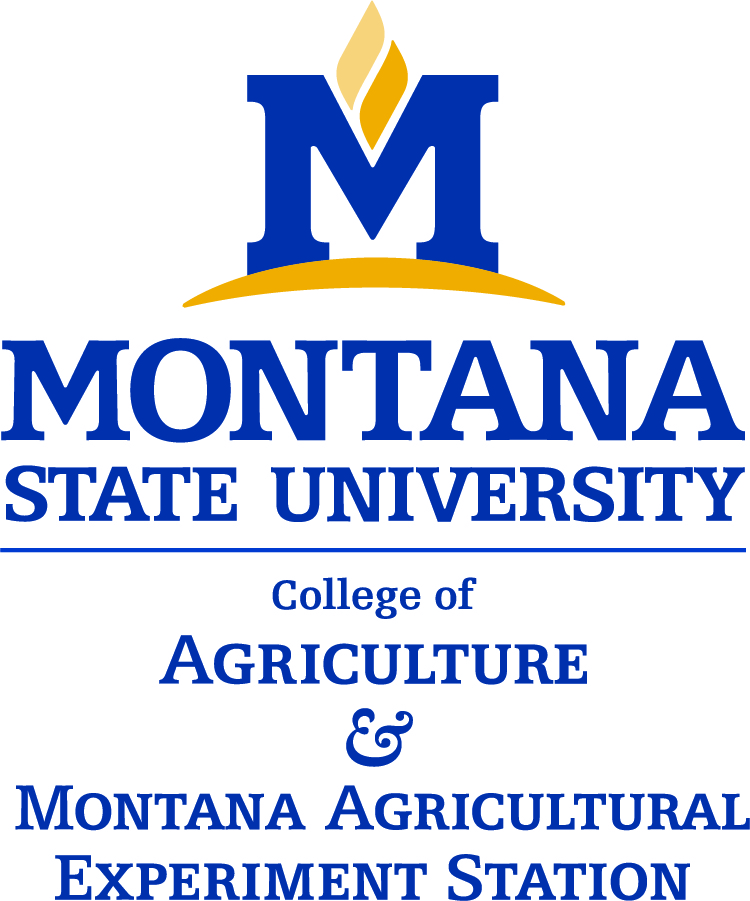Exciting Changes at the Western Triangle Agricultural Research Center
It has been more than 40 years since a group of local producers and county Extension agents — seeing the incredible value of the land they lived on and its potential to advance agricultural knowledge and production for generations to come — came together to get the ball rolling and help found the Western Triangle Agricultural Research Center.
Over those decades, WTARC, part of Montana State University’s College of Agriculture and Montana Agriculture Experiment Station, has engaged in critical high-value crop research to help the people of Montana’s Golden Triangle. That has included winter and spring wheat trials; explorations of durum, malt barley and oilseed crops; nutrient management; and essential pest control and integrated pest management techniques. WTARC scientists have explored novel crops such as pulses and camelina, and I am proud of the center’s contributions to making Montana one of the top lentil- and barley-producing states in the nation.
WTARC has consistently expanded the scope of our work and our community engagement, partnering with the seven counties surrounding the station while continuing our ongoing research. And the past 18 months have been no exception as we continued our field trials and have made changes to set the station up for even greater success in the future.
With support from our advisory council made up of producers and allied industry members; local county agents; and community members, on Sept. 1 we welcomed Dr. Justin Vetch to his new position as WTARC’s superintendent, and we are in the process of hiring a new farm operations manager and research associate as well. Dr. Vetch, a Kalispell native, was selected after a national search. He comes highly qualified for this position and has exciting plans for the future of WTARC.
Dr. Vetch has hit the ground running in his first weeks on the job, diving into winter wheat planting and variety trials as soon as he arrived, and we support him in all of his research endeavors. I am confident that he will continue to build on the superb research history of the station and continue to build the types of community connections that brought into existence back in 1978.
The Montana Agriculture Experiment Station and the state of Montana are making sizable investments in WTARC, including adding a new greenhouse and continuing to update our equipment and facilities. This rebuilding period has helped us to adopt the structural model that has proven so successful at our other research centers, including the Northern center in Havre and the Central center in Moccasin. Times of change and transition often pose unique challenges, but we are confident in Dr. Vetch, our advisory council and our many local supporters to continue the legacy of excellence that has become synonymous with Montana agriculture.
WTARC’s history proves that the dedication and hard work of a grassroots effort is a powerful thing. The saying that Montana is a small town with very long roads is nowhere truer than here in the Golden Triangle. The future of WTARC is bright, built from the ground up and strengthened by the continued support of our community and our producers.
I know that it’s difficult right now to gather in person the way we used to, but I want to reassure you that we are here and always ready to talk about work at our seven research centers. Please feel free to call us anytime. We are open to the public by appointment, phone or email and we welcome your questions and feedback.
Signed,

